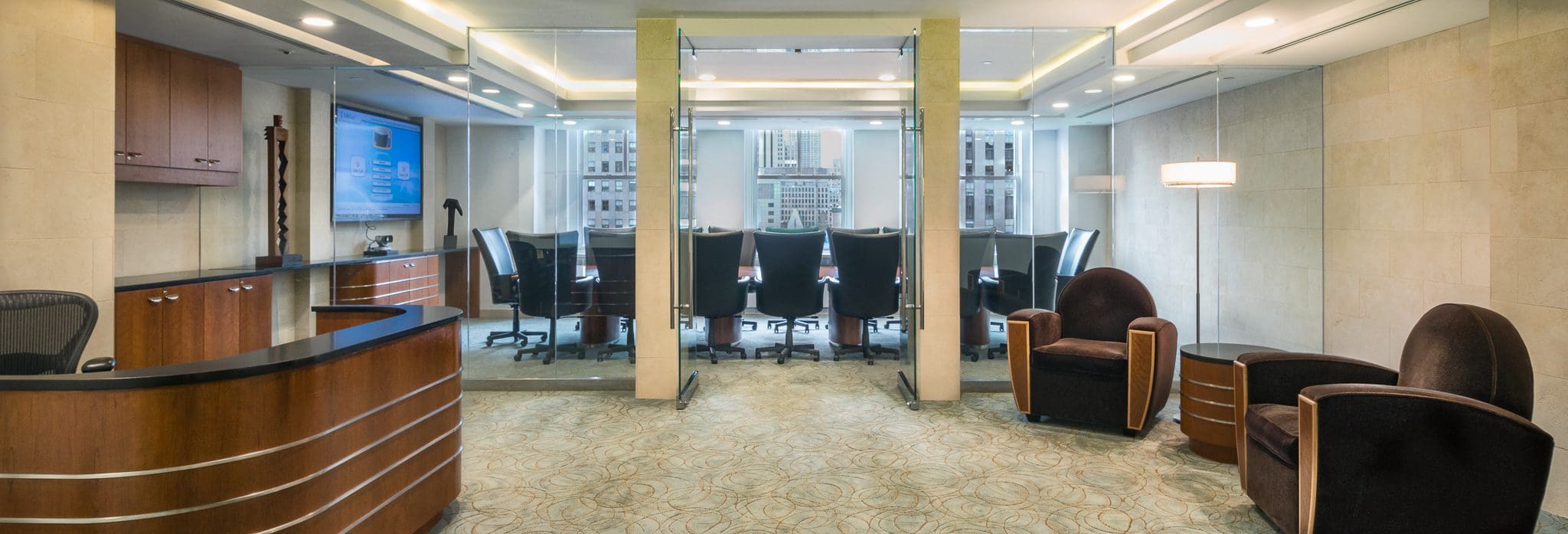5 Ways To Increase Employee Morale

Ways To Increase Employee Morale
Finding a balance in your business agenda is like finding balance in anything else, you just have to put some time and focus into it. Making a business optimal in every possible way involves its physical organization, optimizing for productivity, and promoting a general mood that allows seamless interactions and workflow. A happy office means a productive office, so it is important to invest in both tangible and intangible ways that make your employees smile every morning when they walk in. How do we increase employee morale? Starting a tradition, a mural with bright colors, good coffee and freshly baked cookies, are all part of the solution. The answer is a mix of all the above tailored to your mission, culture, and ultimate goals.
1: Help people to grow
Happiness starts with your team. The most important elements of your office are the people that work there everyday and invest their time to achieve the common goals. In order to keep them happy, you have to show them that you are ready to invest in them. Employees stick to a job because it gives them satisfaction and opportunity to grow personally and professionally. In order for you to be in touch with their needs, you have to host regular group and private interviews. In addition to boosting employee morale, investing in internal and external training opportunities that enrich their experience will help them grow.
2: Start traditions
Extend your influence, image, and mission beyond the office. In order to build an integral relationship in your team, take the initiative to introduce milestones. Traditions can be monthly, quarterly, or yearly. Incentives such as tickets for events, hiking excursions, or days off are ways to connect with employees. The possibilities are endless, you should turn to your team for ideas based on what they love to do. Get them involved not only in business innovation and creativity, but also in crafting an ecosystem of fun. This will boost employee morale and ultimately improve communication and productivity.
3: Routine de-cluttering
Strive for continuous improvement and make it show as a part of your image and philosophy of running your business. A good example is Toyota’s ‘kaizen’ practice, which literally means ‘improvement’ in Japanese. This practice involves top executives working on the factory floors for a time and looking for practices that can be improved. It could be making a standing desk 4 inches taller so the person at it can type more comfortably. Or, moving the water cooler to a more central location to save employees time spent getting to it. De-cluttering should be a routine ongoing efforts that not only increases productivity, but uplifts the mood of the team.
4: Plants and color themes
You don’t have to hire an architect or an interior designer to find the right mix of office colors and furniture. You might need to do a little reading about it, but for the most part you have to find the mix that works for your team. Generally, blue promotes balance and focus, light green is calming and business oriented, yellow promotes good thinking, while red can signify volatility. You should use the theme that leads you to the most focus and accent it with balance, passion, and productivity driven colors. Strategically placed plants also bring balance and can help create a sense of tranquility. The right mix will improve mood, productivity, and vitality of office culture.
5: Display weekly and monthly goals
Make your monthly and weekly agendas visible.Goals can sometimes slip out of focus, even for the best teams. Make them the center of your culture by posting them regularly in your lobby or main working area. You can install a video screen or simply put a white board up. Update your display with the different categories of goals by timelines and departments. That way everyone can use this display to sync their progress. In conclusion, having a clear structure and agenda will keep everyone’s efforts organized and inspire them to be more efficient and create individual sub-structures for their projects.






